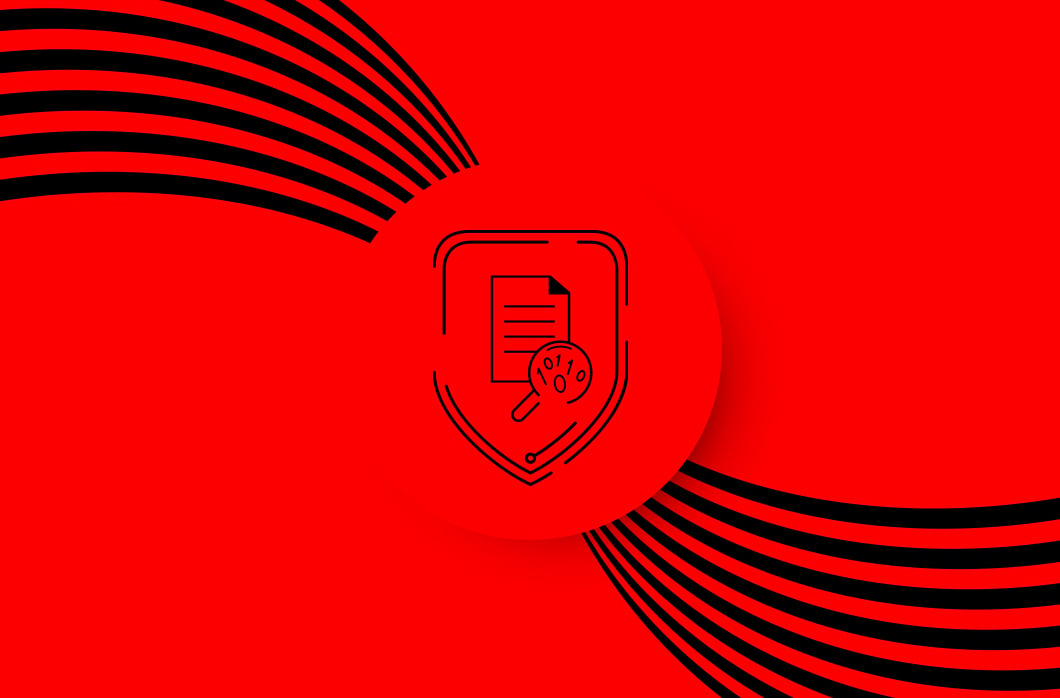Many organizations across critical industries such as healthcare, manufacturing and energy rely on legacy Windows operating systems to run essential equipment. These systems, while operationally vital, are notoriously difficult and costly to upgrade — leaving them vulnerable to modern cyber threats. CrowdStrike is addressing this challenge by expanding our legacy support … [Read more...] about Modern Security for Legacy Environments
Legacy
Building a legacy: The art of crafting maintainable systems
There are a lot of different tasks for software developers, but each and every one of us has had to review old code. Whether it’s checking for a previous version or seeing how someone solved a problem in the past, legacy code is part of the job. But have you ever reviewed previous versions and become frustrated enough to ask “who wrote this code?” and madly hit “git blame” to … [Read more...] about Building a legacy: The art of crafting maintainable systems
Iceberg ahead: Why your legacy SIEM is a sinking ship
There’s a prevailing attitude among many organizations that can be summed up as follows:“We have already invested so much, and I'm not currently aware of any problems, so rather than take a proactive approach to improve, I’m going to wait until a compelling event happens to make a change.”This mindset is rooted in the amount of effort and resources already invested to "make it … [Read more...] about Iceberg ahead: Why your legacy SIEM is a sinking ship
Five Reasons Why Legacy Data Loss Prevention Tools Fail to Deliver
Like so many legacy technologies, legacy data loss prevention (DLP) tools fail to deliver the protection today’s organizations need. Implementation challenges, visibility gaps and inconsistent policies negatively impact customers and make data breaches far too easy for adversaries. With U.S. data breach costs averaging a staggering $4.45 million last year, organizations need a … [Read more...] about Five Reasons Why Legacy Data Loss Prevention Tools Fail to Deliver
APM is Legacy. Distributed Tracing is for Modern Teams
Some background. Having implemented at least 20 or more APM systems in production as an end-user at various companies, and both deployed and managed countless monitoring tools outside APM, I understand the role of the practitioner.Later on, I shifted to Gartner and led the APM Magic Quadrant for four years, finally spending another four years at AppDynamics (operating under … [Read more...] about APM is Legacy. Distributed Tracing is for Modern Teams
Eliminate Legacy Endpoint Security Blind Spots
Threat actors are continuously honing their skills to find new ways to penetrate networks, disrupt business-critical systems and steal confidential data. In the early days of the internet, adversaries used file-based malware to carry out attacks, and it was relatively easy to stop them with signature-based defenses. Modern threat actors have a much wider variety of tactics, … [Read more...] about Eliminate Legacy Endpoint Security Blind Spots
A Guide to Shift Away from Legacy Authentication Protocols in Microsoft 365
Microsoft 365 (M365), formerly called Office 365 (O365), is Microsoft's cloud strategy flagship product with major changes ahead, such as the deprecation of their legacy authentication protocols. Often stored on or saved to the device, Basic Authentication protocols rely on sending usernames and passwords with every request, increasing the risk of attackers capturing users' … [Read more...] about A Guide to Shift Away from Legacy Authentication Protocols in Microsoft 365
Three Reasons to Upgrade Your Legacy AV/Endpoint Security
What technology do you remember the most from the ‘80s – ‘90s? Portable CD players? Floppy disks? 2G flip phones? None of these, of course, survived the digital evolution. Do you know which technology developed in that era that did survive? Legacy antivirus (AV). That’s right. While many other technologies have evolved in the last few decades to keep up with today’s digital … [Read more...] about Three Reasons to Upgrade Your Legacy AV/Endpoint Security
Three Reasons to Upgrade Your Legacy AV/Endpoint Security
What technology do you remember the most from the ‘80s – ‘90s? Portable CD players? Floppy disks? 2G flip phones? None of these, of course, survived the digital evolution. Do you know which technology developed in that era that did survive? Legacy antivirus (AV). That’s right. While many other technologies have evolved in the last few decades to keep up with today’s digital … [Read more...] about Three Reasons to Upgrade Your Legacy AV/Endpoint Security












